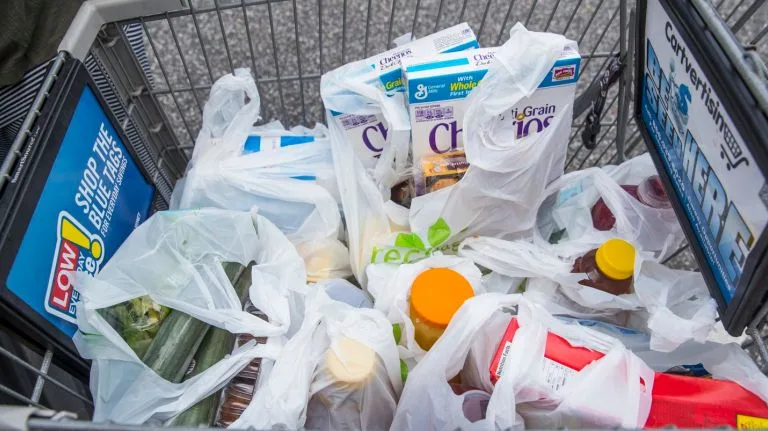Brussels – Two years after the European Commission’s proposal, member countries close the door on the EU packaging and packaging waste regulation. The new binding reuse targets, restrictions on single-use plastic packaging, and a ban on PFAS: the rules that aim to reduce the 186 kilos of packaging waste per capita generated in the EU will now be published in the Official Journal and implemented after 18 months.
Among the 27 member states, only Malta and Austria abstained today (Dec. 16) on adopting the regulation, allowing reaching the qualified majority needed to secure the law that would replace the existing directive in light of the climate neutrality goals outlined in the Green Deal. More than two years have passed since the Commission put the proposal on the table in Nov. 2022: in the meantime, there was a fierce battle between the co-legislators, with the European Parliament and the Council of the EU only agreeing on the text after two rounds of negotiations on Mar. 4, 2024. The European Parliament gave its green light to the final text on Apr. 24.
The packaging directive was one of the most sensitive pieces of European legislation for the government and several Italian interest groups, with strong pressure from Italian delegations in both the European Parliament and the Council to revisit the recycling and reuse targets, in particular. In the end, the regulation introduced the option for member states to grant exemptions to operators in the sectors involved if individual packaging materials exceeded the recycling targets set by Brussels by at least 5 percent.
In addition, Italy received an exemption from the reuse requirements for take-away, cardboard, beverages such as milk and other highly perishable products, wines, and other alcoholic drinks, and a horizontal exemption for packaging materials, provided recycling rates are high. Concessions that convinced Rome to approve the adoption of the regulation, despite restrictions on single-use plastic packaging for pre-packaged fruits and vegetables weighing less than 1.5 kilograms, which Italy is particularly opposed to.
From 2030, several types of single-use plastic packaging will be banned, including packaging for fresh, unprocessed fruits and vegetables, food and beverages consumed in bars and restaurants, and single-serving items (e.g., condiments, sauces, coffee creamer, and sugar). The ban will also apply to small single-use packaging used in hotels and plastic bags made of ultralight material below 15 microns.
To avoid harmful health effects, the text bans using so-called “forever chemicals” — namely, per- and polyfluoroalkyl substances (PFAS), above certain thresholds in food-contact packaging.
The new regulations introduce reduction targets for packaging of 5 percent by 2030, 10 percent by 2035, and 15 percent by 2040. By those dates, packaging must contain a minimum percentage of recycled content (up to 65 percent for single-use plastic bottles by 2040). Meanwhile, labeling, marking, and information requirements – such as those on material composition or recycled content – aim to facilitate consumer selection and choice.
English version by the Translation Service of Withub







